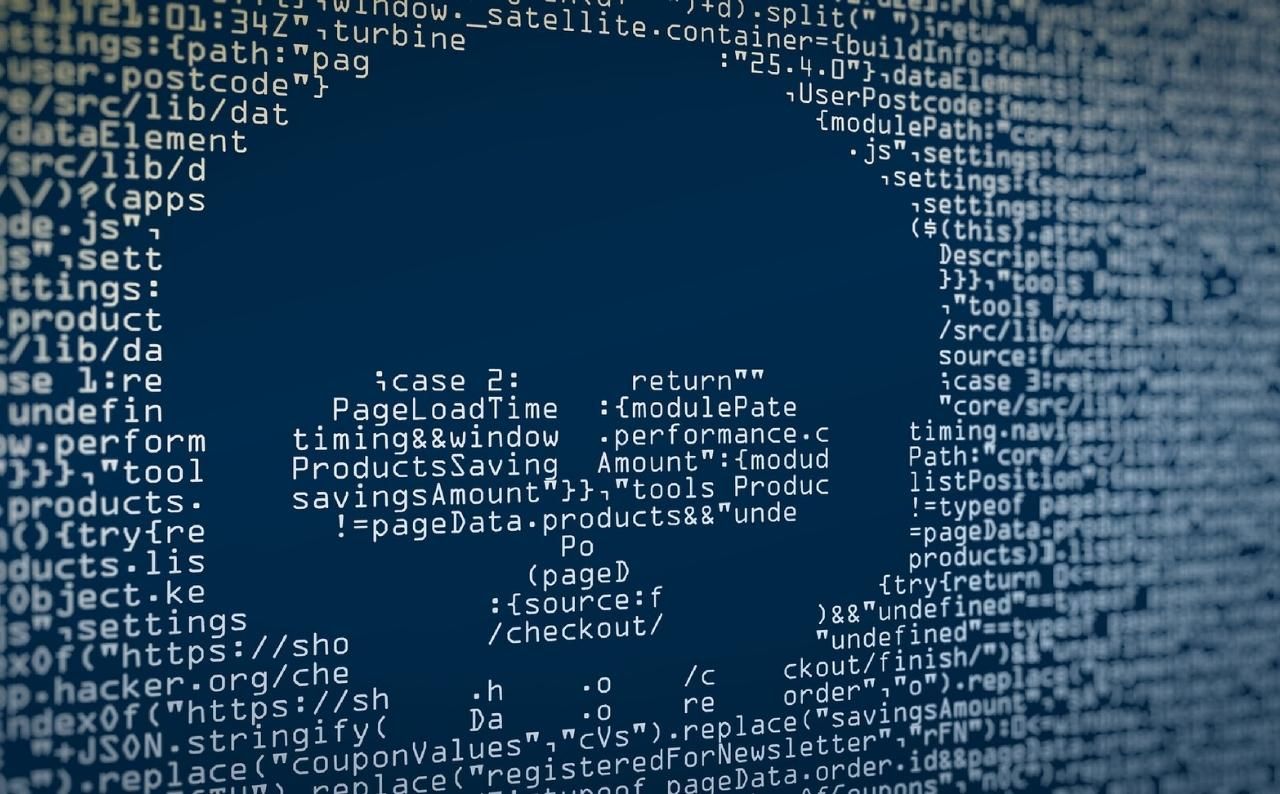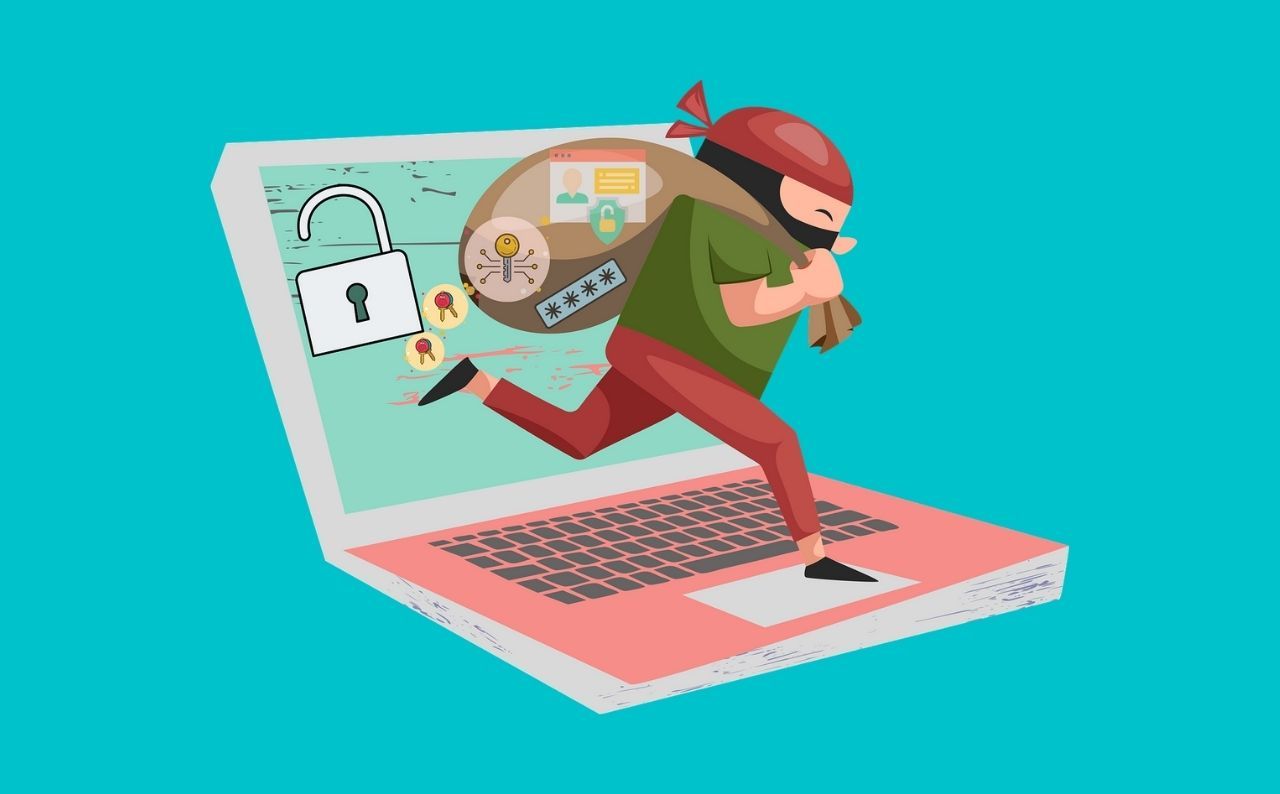A backdoor is a hidden entrance into an application, network, or device. It’s a shortcut in a system that allows an authorized or unauthorized user to bypass security checks (like username and password authentication) to log in.
Hackers can install a backdoor onto your device by using malware such as a backdoor virus. Once inside, the damage possibilities are endless. The attackers can steal crucial data, spy on your activities, and target your clients.
So what exactly is a backdoor virus? How dangerous are they? And how can you protect yourself against them?
What Is a Backdoor Virus?
A backdoor virus is malware that allows an unauthorized user into devices, applications, and networks. Attackers can gain backdoor access using a command-line interface or other text-based commands.
Backdoor viruses can install a script to facilitate admin access, even after removing the malware. Once a backdoor virus is installed, attackers can log the activity on the computer, steal sensitive data, and delete files.
How Do Backdoor Viruses Get Into Your Devices?
Backdoor viruses can get into your device via two parts of your system: hardware alterations that allow remote access to the device; and via software.
Backdoors aren’t always used for malicious acts, though. Software and hardware developers, for instance, intentionally install backdoors for remote tech support purposes. This way, they can help clients who get locked out of their devices as well as troubleshoot and fix software issues.
Backdoors, however, whether installed intentionally or not, can be exploited by an attacker. For example, backdoors included in an app by a software developer can later be used by a hacker. Bad actors can access the backdoor to log in to your device anytime without you noticing and carry out malicious activities, thus committing a backdoor attack.
How Do Backdoor Attacks Work?
Backdoor attacks start with aggressors identifying a vulnerability in a target system to manipulate. They then exploit the weak points to install a backdoor.
The most common system flaws include legitimate backdoors, weak passwords, and outdated software.
Legitimate Backdoors
Backdoors, as explained, are not always malicious. Sometimes, software and hardware developers deliberately leave a backdoor in their programs to gain legitimate access for remote administration and troubleshooting. Although these intentional backdoors are meant for developers only, hackers can use them to their advantage too.
Outdated Software
The likelihood of a successful attack against unpatched and out-of-date software is significantly higher than on updated ones. As such, hackers scan for compromised software that they can use to install a backdoor on your device.
Open Network Ports
Open network ports can accept traffic from remote locations, creating a weak point that attackers can exploit. Cybercriminals usually target unused ports as they tend to be easier to install backdoors.
Weak Passwords
Weak passwords can be guessable, or hackers can brute-force if the password is very short. Once they crack the password, it becomes easy for the attackers to install a backdoor.
Harmful Effects of Backdoor Viruses
Backdoors aren’t inherently dangerous, but an attacker can use them to infect your machines and networks with malware like ransomware, spyware, and viruses. Once the backdoor virus is in place, hackers can do numerous malicious activities, including APT assaults, data breaches, and DDoS attacks.
Unlike other types of malware, backdoor viruses work in the background and are difficult to detect (especially things like cryptojacking). The good news is that there are things you can do to avoid and even get rid of the viruses.
How to Mitigate Backdoor Viruses
The best way to mitigate viruses is to have protective measures against backdoor attacks combined with malware detection and removal techniques. Here are some things you can do to minimize the risks of backdoor viruses.
Use a Strong Password
A unique password is one of the best ways of preventing unauthorized access. Use a combination of capital and small letters, numbers, and characters to create strong passwords. You can use a password manager to generate and securely store your login information.
You also should change your password regularly. Change default passwords immediately and enable Multi-Factor Authentication (MFA) whenever possible.
Sometimes, hackers don’t perform malicious acts as soon as they gain access to a device. Frequently changing your passwords can help log them out the next time they try accessing the device.
Keep Your Software Updated
Cybercriminals like to exploit software vulnerabilities. Outdated software is more likely to have weaknesses, making it easier for attackers to infect your device with backdoor viruses.
Fortunately, developers frequently release updated software versions to fix the vulnerabilities. Regularly updating your OS and apps can protect your device from backdoor computer viruses.
Use Anti-Malware Tool
Install and run a reputable malware removal tool to detect and remove backdoor viruses and other malware from your system. Also, keep the anti-malware program up to date and run regular full system scans.
Use a Firewall
Firewalls are designed to detect and prevent unwanted web traffic. A firewall can detect backdoor traffic and block it before it gets into your system.
If someone outside your approved network tries to access your device or network, a firewall will stop them from doing so. Similarly, if an application on your device tries to send data out to an unknown network, it will also block that app.
Choose Hardware Carefully
Shady sellers can not only take you for a ride but also sell you backdoor virus-laden hardware. Hardware backdoors, like firmware of computer chips or code inside hardware, can be directly implemented as malware in the integrated circuit. The best defense here is to make sure every device you buy has a manufacturer and seller warranty.
Seal Backdoors or Risk Getting Attacked
Once a backdoor virus is installed in your system, a hacker can copy sensitive information from your drives, record your keyboard input, and spy on you using your webcam. The impacts of these actions could be detrimental to individual users and businesses.
For small enterprises, backdoor attacks can cost them their business. It’s always a good idea to stay vigilant about such threats and how to get rid of them. To mitigate backdoor viruses, end users should keep software updated, install anti-malware programs, and use firewalls.




